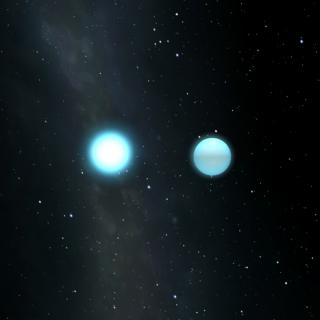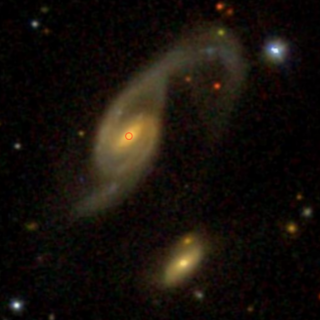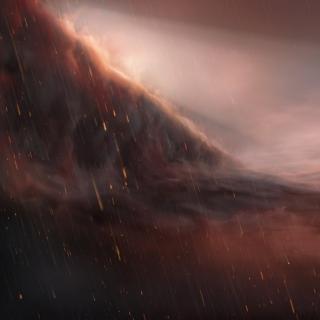
Elliptical and lenticular galaxies (collectively called early-type galaxies) are the oldest and most massive galaxies in the Universe. These galaxies were built up rapidly (in less than thousand million years) and therefore, their stars are generally ancient and cool, meaning that they mainly shine in the optical and infrared spectral ranges. However, any hot young stars that might be present are difficult to detect in these spectral ranges. The study, based on 30,000 early-type galaxy spectra from the Sloan Digital Sky Survey BOSS has analysed the UV spectral range to detect the young
Advertised on




